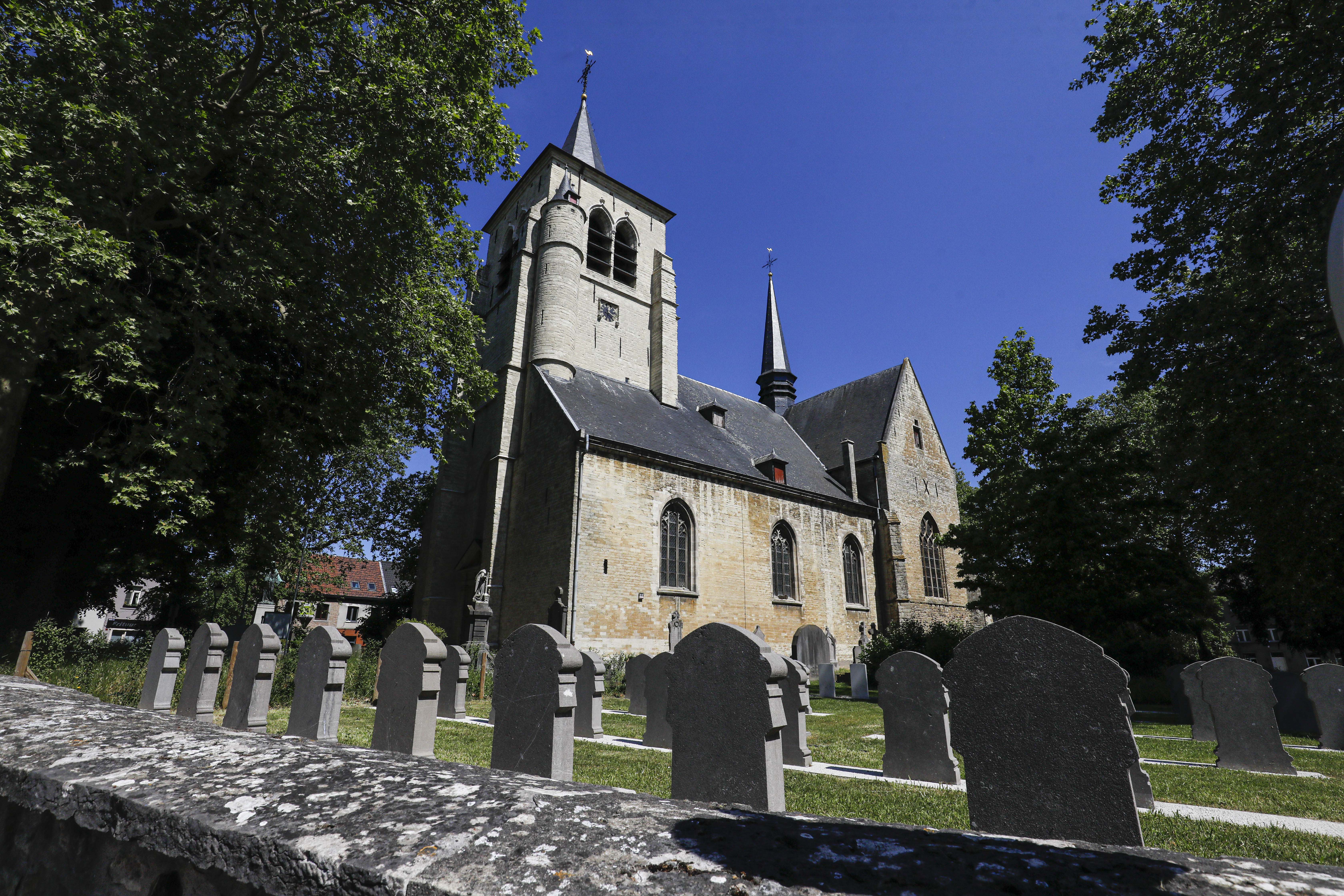Memorial for sexual abuse victims inaugurated in Sint-Pieters-Leeuw church

A memorial dedicated to victims of sexual abuse within the Church was unveiled inIn Sint-Pieters-Leeuw on Saturday, the first such initiative in Flanders. The monument in the church's garden acknowledges the pain of victims and aims to symbolise hope and resilience.
The monument, created by local artist Jorgen Missotten, consists of two split boulders, representing the trauma endured by victims. “They signify the pain and violence inflicted on the victims,” said mayor Jan Desmeth. Growing between the stones is a ginkgo biloba tree, chosen for its resilience after surviving the atomic bombing of Hiroshima. “It’s a symbol that, despite suffering, there is always hope,” Desmeth said.
"This will offer solace to many. Victims feel this is not just a past issue - we continue to live with this pain"
The memorial was prompted by concerns from survivors in the community who feared their experiences were being forgotten during the repurposing of local churches. "Several victims approached us, expressing that the changes to these spaces felt like erasing history,” Desmeth said. “In collaboration with the non-profit organisation Human Rights in the Church, we decided to create this monument.”
Recognition for victims
The municipality’s seven churches have been the sites of documented abuse cases, affecting an estimated 40 people, including Marc De Bosscher, from the Negenmanneke district.
De Bosscher, who also contributed to the television series Godvergeten about clerical abuse in Belgium, highlighted the importance of the memorial. “This monument provides recognition and acknowledgment for victims," he said. "Our suffering is now officially recognised, not only by the local government but also by the churchwardens, who approved its placement here.”
"This is a space for both believers and non-believers"
Rik Devillé, a priest and longtime advocate for victims of clerical abuse, praised the initiative. “Congratulations to the municipal government. This will offer solace to many. Victims feel this is not just a past issue - we continue to live with this pain. But now, there are people who stand with us,” he said. Devillé also encouraged other municipalities to follow suit, asking, “What are you waiting for?”
While the memorial stands in the garden of the church, it is not confined to Church-related abuse. “The monument is meant for all victims, whether the abuse occurred in the Church, sports clubs, youth organisations or schools,” Desmeth said. Its placement outside the church ensures accessibility to everyone, regardless of religious affiliation. “This is a space for both believers and non-believers,” he said.
#FlandersNewsService | © PHOTO BELGA
Related news

